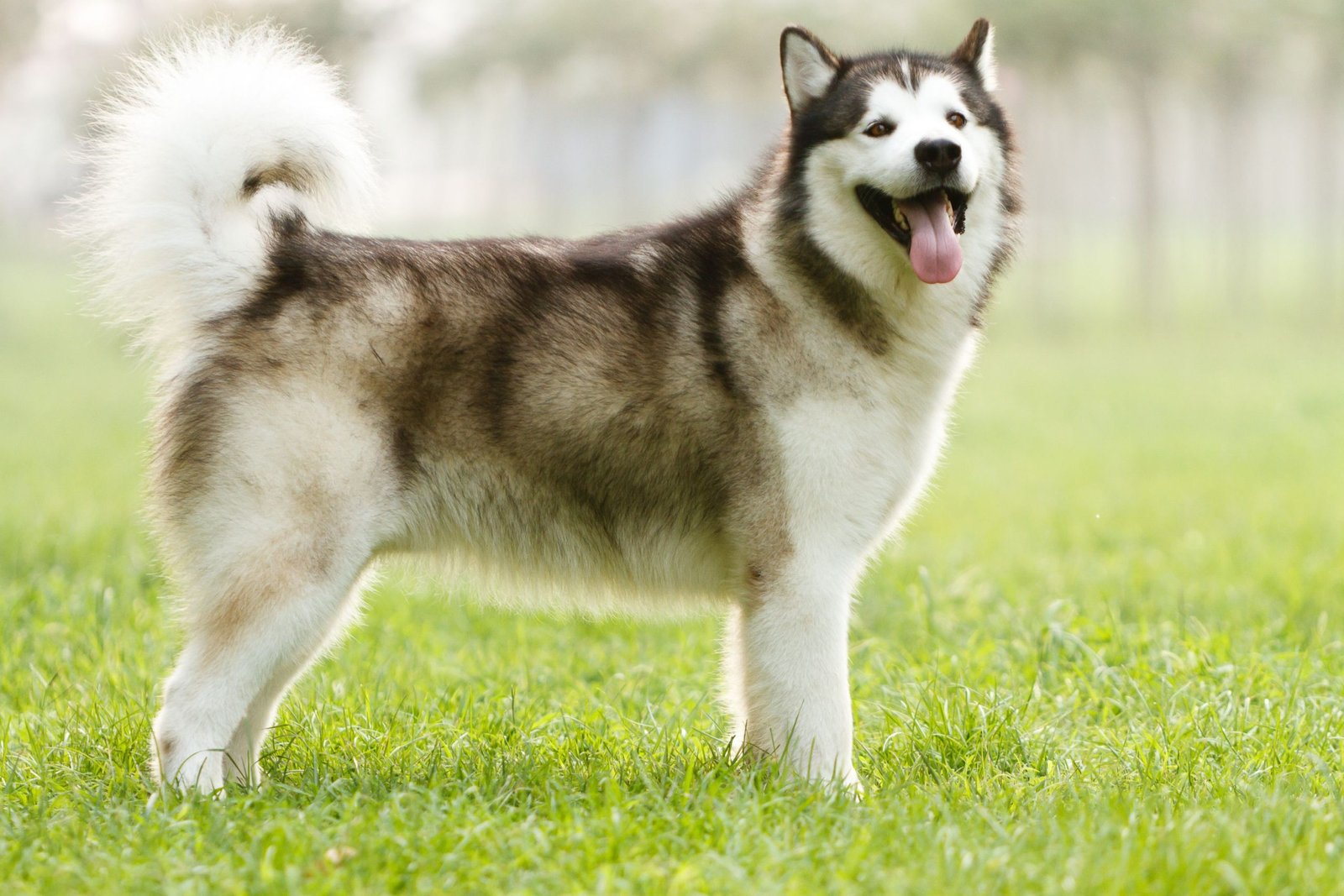
Most four-legged pets have long adapted to human food. Unsurprisingly, a dog asks for a piece of cheese, sausage, or candy. Bread is no exception. Sometimes, the owner gives it to the pet in response to a request because some dogs love the taste of bread or add pieces or crackers to the leading food. Can dogs eat bread? What benefits and harms can the product bring to an animal? What type of baked goods is safest for your pet’s health?
What are the benefits of bread for dogs?
Bakery products are rich in carbohydrates and are a source of energy. Bread contains almost all B vitamins, including calcium, sodium, iron, selenium, and manganese. Adding bread pieces or crackers to your dog’s food helps:
- strengthening the immune system;
- improving the condition of teeth;
- reducing fatigue;
- increasing physical activity;
- prevention of heart and vascular diseases;
- strengthening the nervous system.
Harm to pets from baked goods
Excess bread in a dog’s diet can lead to overweight and obesity over time, significantly if the pet doesn’t move much. Owners of such breeds as Labrador, French bulldog, and pug often face a similar problem. If your pet has a predisposition to excess weight or diseases related to metabolism, it is better to exclude baked goods from your pet’s menu forever.
Digestion of bread is an energy-consuming process, accompanied by vigorous activity of intestinal bacteria and high enzyme activity. Not every dog’s gastrointestinal tract can handle such a load. As a result, unpleasant symptoms appear as flatulence, bloating, rumbling in the intestines, constipation, and sometimes diarrhea. In such cases, you need to replace the type of bread, reduce the portion, or eliminate it from the diet.

Can dogs be allergic to bread?
Yes, some pets may develop an allergic reaction to baked goods. Symptoms include:
- swelling of the muzzle, paws, eyes, and mucous membrane of the mouth;
- itchy skin;
- redness of the mucous membranes and ears;
- skin rashes.
Provoking factors may be flavorings, spices, raisins, and other ingredients added to the dough during baking. Rice, soy, and corn flour are often allergens.
Bread for dogs suffering from gluten intolerance or celiac disease. The following breeds are at risk: Dalmatian, Cocker Spaniel, Setter, Labrador, French Bulldog.
What bakery products are allowed and not allowed?
There is a vast assortment of bread in stores, but only some products are dog.
- White bread contains refined wheat flour and yeast. It is for dog food.
- Gray is most suitable for feeding a pet since rye flour is healthy.
- Experts advise giving dry gray bread.
- Freshly baked bread for animals due to incomplete fermentation processes.
- Fresh baked goods can cause discomfort in the intestines, difficulties with digestion, and a depressed state in the pet.
Rusks are the healthiest type of baked goods, especially those made from rye flour. Rusks clean the enamel of a dog’s teeth, strengthen gums, and positively affect intestinal health, immunity, and physical activity.
Buns and baked goods are highly undesirable foods for dogs. Butter products provoke fermentation, rotting, pain, and other adverse reactions from the gastrointestinal tract.
- Bread for dogs is only helpful if you prepare it yourself.
- Most store-bought breads contain various harmful additives.
- Biscuits are low-calorie, unleavened cookies, usually without additives.
- They are great as a reward during training.
Bread with additives (raisins, garlic, onions, and others) in any form. Most healthy and tasty additives for humans are dangerous for a dog’s health.
Sometimes, a pet can “get” a piece of bread covered with mold or get to a pan with dough. Both are for the health of your four-legged friend, so you need to ensure that such products do not come into the animal’s field of vision. It is also undesirable to give your dog fried flour products.

How to give bread to your pet
Gray bread that is pre-dried is suitable for dogs. You can make crackers from it, using them as a reward during a walk or training. Some animals eat crackers added to their primary food. It is also acceptable to give your four-legged friend unleavened biscuits without additives.
The serving size and frequency of feeding bread depends on the age and size of the dog, as well as its digestive characteristics. Giving baked goods is unnecessary; 2-3 times a week is enough. Only by personal experience is it possible to ascertain the quantity of a single serving.
Bread for puppies and pregnant dogs
Babies proliferate and move a lot, so veterinarians recommend including small amounts of baked goods in their diet 1-2 times a week. For puppies, dry gray bread, biscuits, and crackers are suitable.
If the dog’s body typically handles bread before getting pregnant, it can be fed to the dog while it waits for puppies. Otherwise, intestinal upset, problems with stool, and increased gas formation may occur, which will negatively affect the condition of the fetus. The same applies to the lactation period. Even if the mother’s body reacts adequately to consuming baked goods, gastrointestinal upset may appear in puppies.
Can an elderly, sedentary dog eat bread?
It is to give bread to your pet in old age. Slow metabolic processes, decreased need for protein and carbohydrates, and low physical activity make baked goods unnecessary in a dog’s diet. Adding bread to animal feed will only lead to indigestion, problems with stool, and depression.














